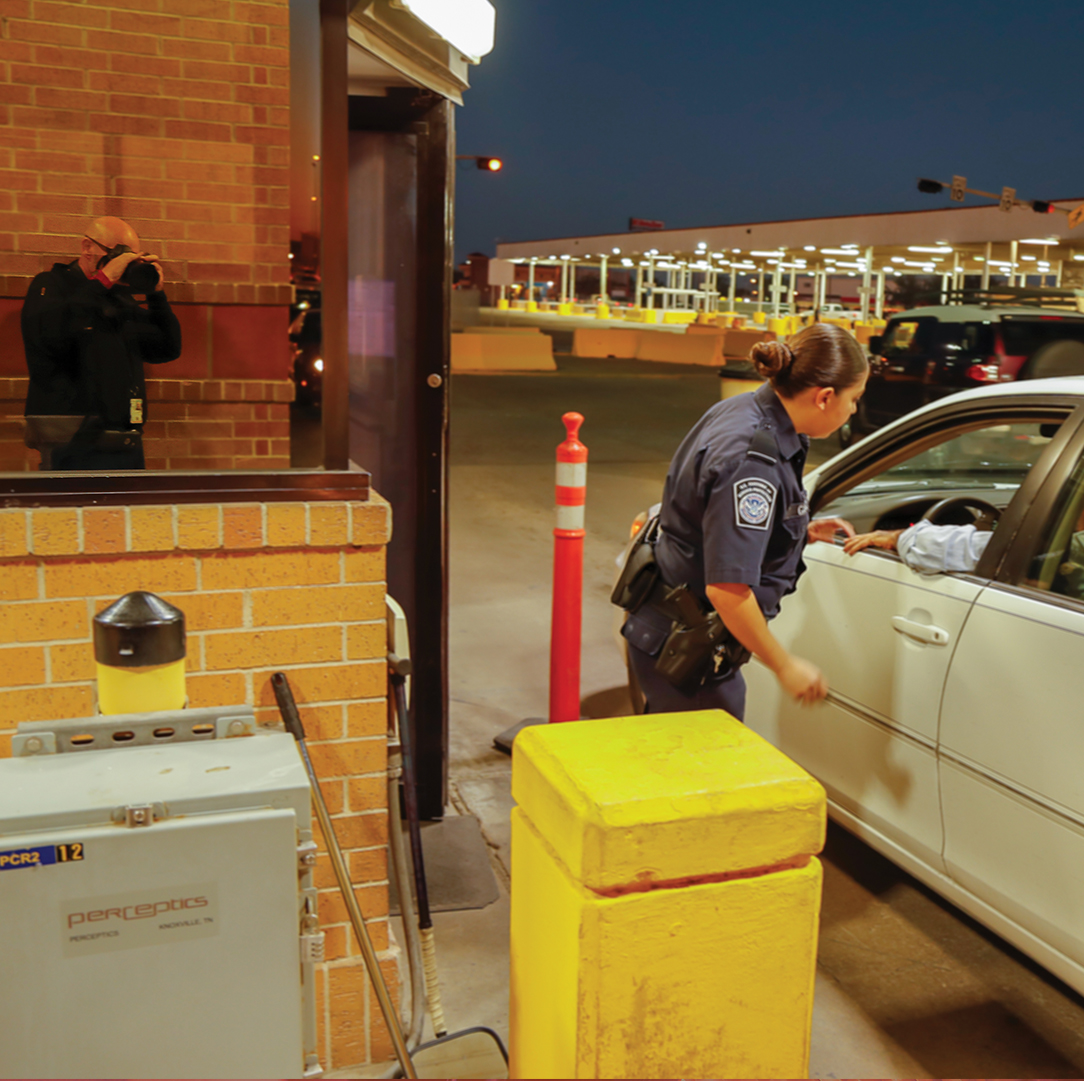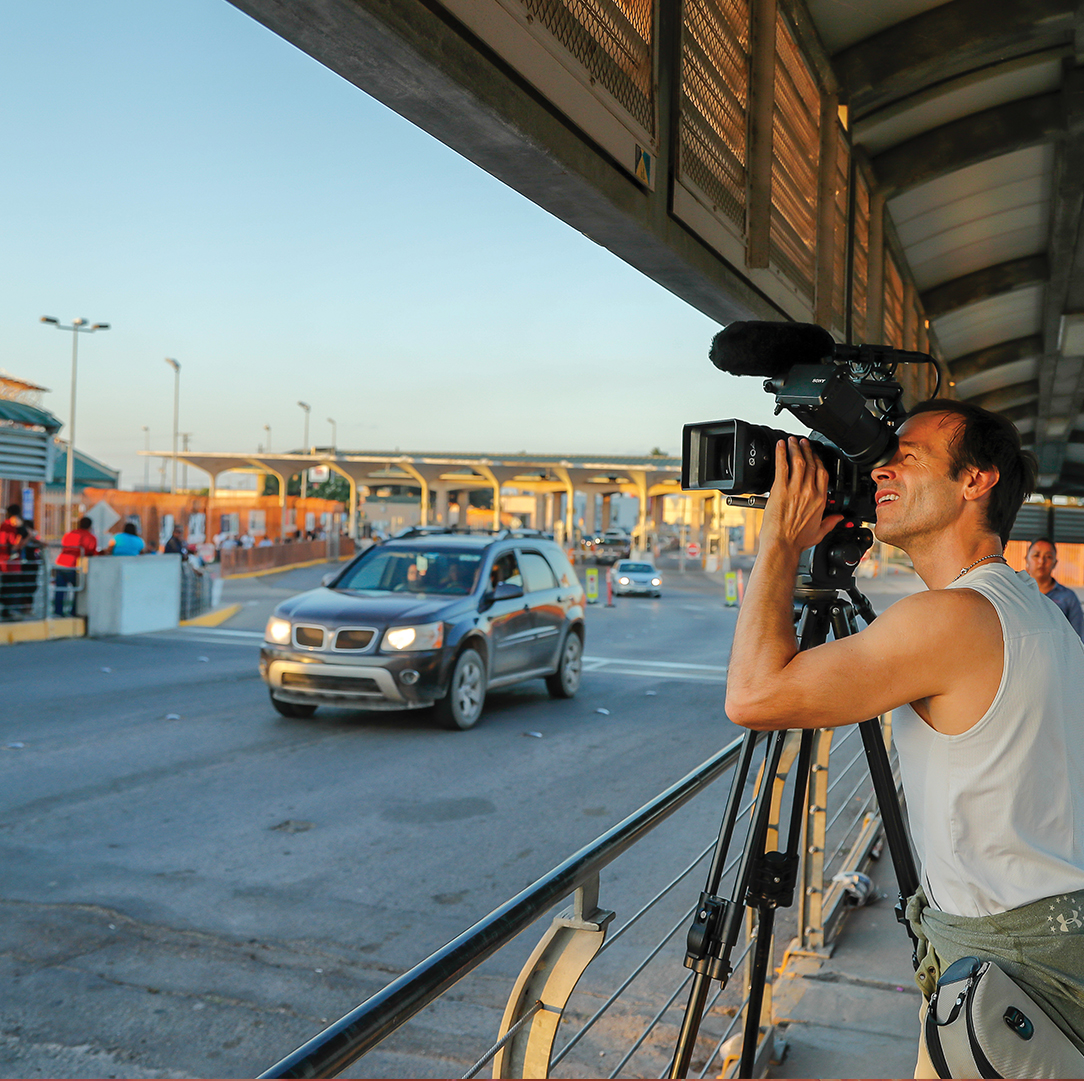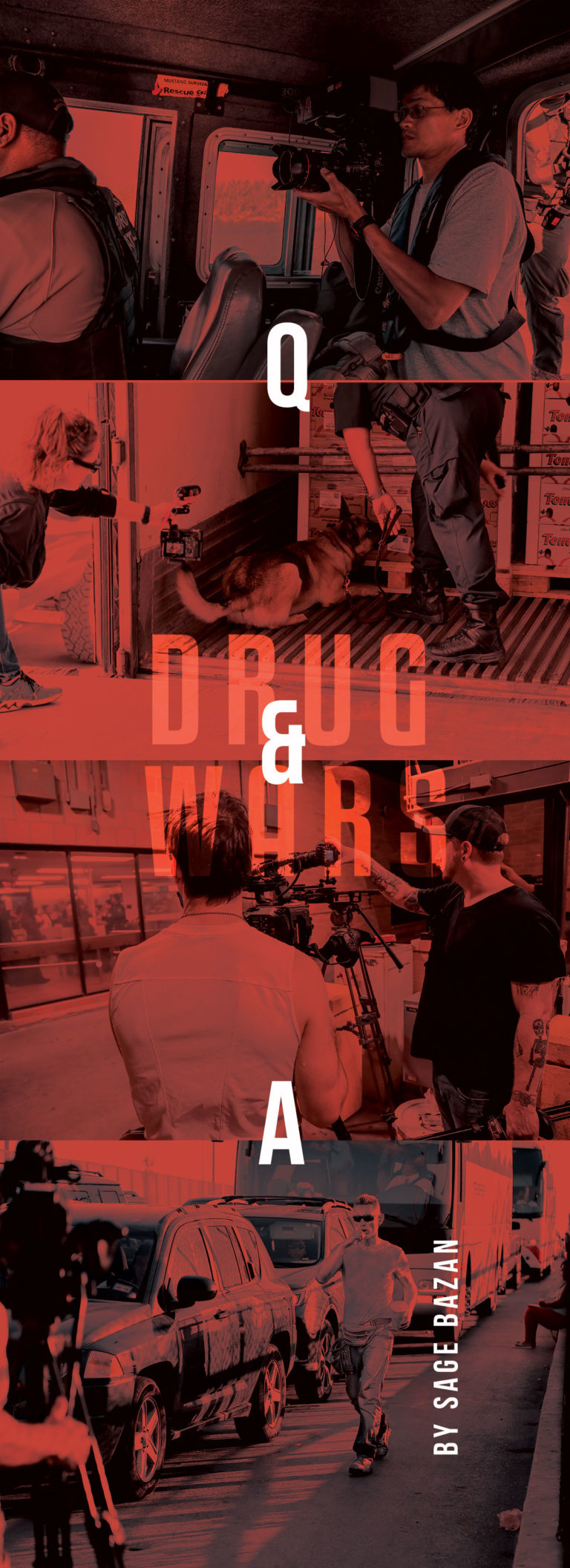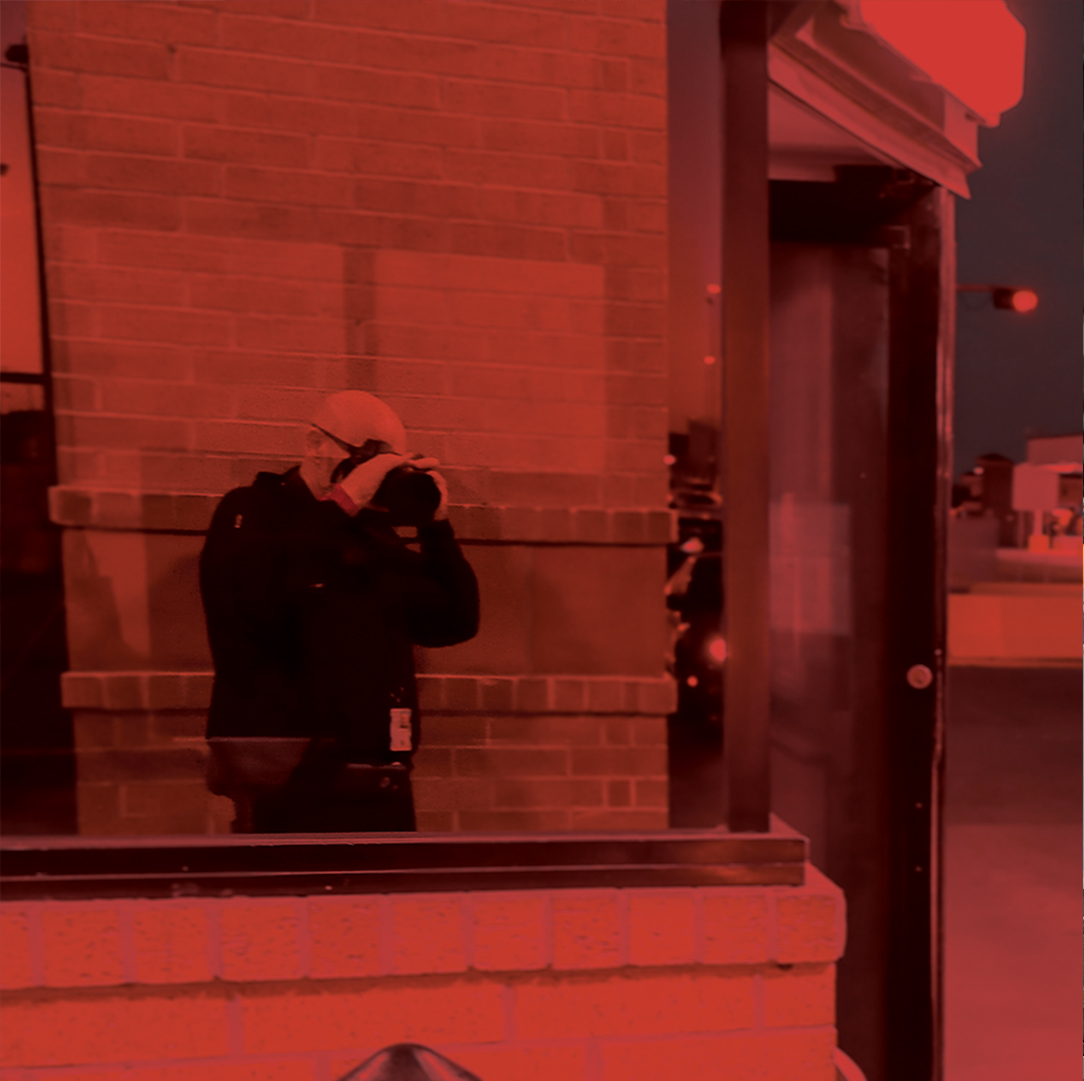

Imagine running, sweating and fending off bugs in the brush near the Rio Grande while combing the area for illegal immigrants in the company of U. S. Border Patrol agents and Office of Field Operations officers. Within a matter of minutes you are coming up on a multi-agency law enforcement operation that involves a failure to yield and a consequent bail out revealing that eight people have been stuffed in the back of a vehicle attempting to enter the United States illegally. The next morning you are at an international port of entry when a K-9 alerts Border Patrol to a shipment of produce coming from Mexico only to reveal, after secondary inspection, a valuable load of narcotics. Its destination? The interior of the United States to fuel this nation’s demand for drugs. This is what I experienced for two weeks when I was given a first-hand opportunity to escort the crew of Fusion’s show Drug Wars: Season Five.

I worked with the crew for season three when I was a novice in the world of U.S. Customs and Border Protection(CBP). At the time it was all a wide-eyed experience since most of what I saw I had never witnessed before. Two seasons later, I was informed they would be returning to the Rio Grande Valley to film episodes for their upcoming Drug Wars: Season Five and of course, I was elated to find out that I would once again be with them.
This time, armed with more experience under my belt about CBP operations, I was paired up with producers Christine Fry and Mike Wech, and videographers Stan Eng, Nick Walker and Jack Winch, III. This is a top notch, end state focused crew that thinks on its feet and outside the box to get the most compelling storyline and imagery at every chance. The process to film a series or documentary with CBP was not a short one and required a significant amount of planning and scheduling of logistics once all was approved. It involved conversation and negotiations with legal teams of both sides, and required final vetting approval from the Department of Homeland Security (DHS).

During their time in the Rio Grande Valley, the Drug Wars crew was fortunate enough to document a season’s worth of intense and dangerous situations, which included a K-9 alert that resulted in a multi-million seizure of narcotics, tracking a group of illegal immigrants in the ranches of Brooks County after smugglers attempted to circumvent the Falfurrias checkpoint and going on aerial patrols with the Agents of Air and Marine Operations.
The videographers of this crew got a front row seat to border security in the Rio Grande Valley as they followed the officers from the Office of Field Operations (Laredo Field Office), the U.S. Border Patrol (Rio Grande Valley sector) and Air and Marine Operations (McAllen Air Branch and the Brownsville Marine Unit). None of the videographers had ever filmed in the RGV prior to this visit, let alone with a bird’s eye view of U.S. Customs and Border Protection’s border security mission. This was their first time working with CBP units tasked with protection and immigration enforcement on the Southwest border of Mexico. This season, myself and the crew were truly embedded in the midst of CBP and what they experience on a daily basis.


Kise: I am a public affairs officer for U.S. Customs and Border Protection. Part of my job is to advise and assist TV outlets at the national and international level, which is how I got the opportunity to escort the Drug Wars crew. Initially, they reached out to the Department of Homeland Security and I got involved as the middleman.
Kise: As a public affairs officer, I was an advisor to the crew and I also was a set photographer, which was also really cool because I got to incorporate my hobby into the job.
Kise: Any situation we get into that involves apprehension of human or narcotic smugglers can turn dangerous without notice. If they get apprehended, they are hurting the bottom line which can carry consequences for them. Normally the agents are outnumbered so situational awareness is paramount. But, it’s hard to name one. Every situation we put ourselves during filming is dangerous.
Kise: I would have to say the most exciting in this field for me, is conducting Air and Marine Operations on their helicopters from the McAllen Air Branch and aboard vessels from the Brownsville Marine Unit used in the Gulf of Mexico.
Kise: I get plenty of adrenaline rushes in my daily job, I think you have to be an adrenaline junkie to do any of this. And before all of this I was in the military for a long time, and you have to be some kind of an adrenaline junkie to do that.
Kise: They use location scouts before shooting begins. This area, the Rio Grande Valley, is a hot spot right now so that’s why Fusion chose to bring the show back here.
Kise: There are many ways information is gathered. They can get it through technology, concerned citizens, confessions of stash house victims. Sometimes they get anonymous tips but like I said, there is more than one way they get this information.
Kise: We have filmed in McAllen, Mission, Rio Grande City, Pharr, Falfurrias, Donna, Roma, and Port Isabel. It really just varies. For example, in Roma we found an underground bunker in someone’s house that was under their bathtub. In the bunker there were stacks of bricks of marijuana. In Falfurrias we would come across trucks that were packed with people in the backs of them.
Kise: They are worse, especially in larger cities a lot of locals don’t grasp the full scope of what’s going on down here because they don’t see it and it doesn’t really affect them. When the crew first came down here, they were especially surprised by the family units because it’s something they haven’t seen. They typically deal with drugs because you know, the show is Drug Wars. So that was something they were surprised about.

Kise: It is exciting and it opens your eyes to the real issues at ground level. It can be dangerous as well so you always have to be aware of your surroundings.
Kise:Watching all the phases of the puzzle. Planning, logistics, filming, which takes many hours, and then seeing the result. I can watch and say, I was there or I remember that scene.